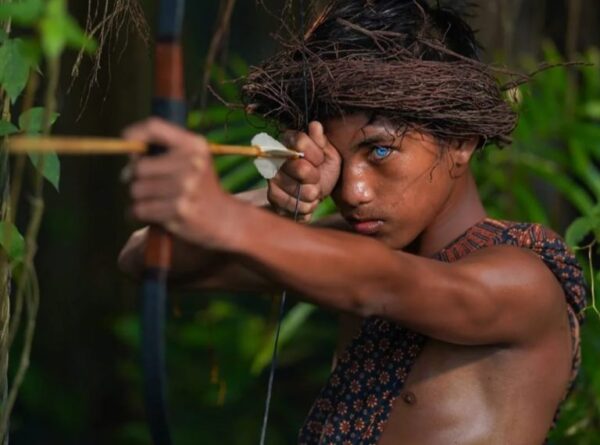Lifestyle
Why the people of this tribe have sparkling blue eyes

Where do people exceptionally possess blue eyes?
On Buton Island, located in Indonesia’s Sulawesi province, an entire community seems to have been touched by a genetic miracle. Here, many members of the Buton tribe possess naturally vivid blue eyes that are so intense and bright that they often stop people in their tracks and give a mythical feel.
Yet behind these magical eyes lies a deeper story of genetics, health complications, and the reality of living with a rare condition. These blue eyes are not just a symbol of inheritance, they are the result of a rare disorder, which carries challenges that go beyond appearance.
At first glance, the blue-eyed residents of Buton Island in Indonesia
seem to carry a rare and beautiful trait. Their trait of having luminous eyes stand out in a region where darker eye colours are the ‘normal’. But this beauty comes with a hidden cost. These residents are part of the Buton tribe, and their unusual eye colour is linked to a rare genetic disorder known as Waardenburg Syndrome.
What causes the change in the colour of eyes?
The blue eyes seen in the Buton tribe are the result of a mutation that occurs during fetal development, affecting melanocytes, the cells responsible for pigment. While the eyes may appear dazzling, the underlying syndrome affects more than just colour. In fact, people with Waardenburg Syndrome often face challenges with partial or complete hearing loss due to abnormalities in the inner ear.
Despite these challenges, the tribe continues to live its traditional life on the island. The condition is not curable, but supportive therapies like hearing aids and early diagnosis can help manage its impact.
On social media, the photographs of blue-eyed Buton children have gone viral. But experts remind us not to reduce their condition to a visual marvel. As beautiful as these eyes may be, the disorder is serious and deserves medical awareness and compassion.
Waardenburg Syndrome isn’t contagious and doesn’t affect intelligence or life span, but early intervention can make a significant difference in quality of life. Many families on the island remain unaware of the exact cause of their condition due to lack of access to medical resources and genetic counseling.






